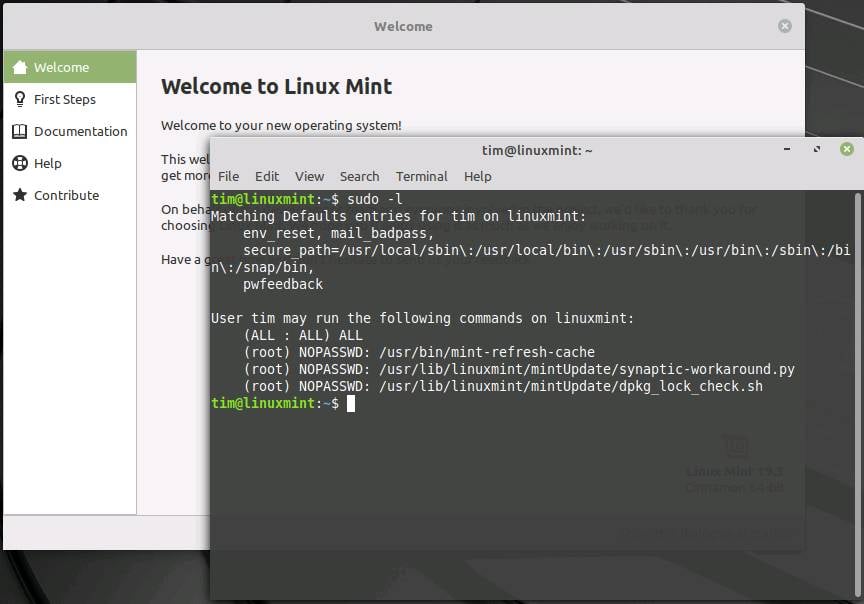

- #Need sudo access on macos install
- #Need sudo access on macos full
- #Need sudo access on macos password
#Need sudo access on macos full
Of course, it is reckless to hand out full superuser status willy-nilly, or to anyone who has only a partial or specific need. Because you have sudo powers, you can use them to add other users to the list of sudoers.

These are the users who can use the sudo command.
#Need sudo access on macos install
When you install a modern distro, the user you create during the install is added to a list of users called sudoers. sudo has been around since the early 1980s and has become the standard means of superuser operation for almost all distributions. Sudo was already installed on the Ubuntu 18.04.3, Manjaro 18.1.0, and Fedora 31 computers used to research this article. RELATED: What Does "Everything Is a File" Mean in Linux? The sudoers List Often that is just to issue a single command. Log in with a regular user account and use sudo to elevate your privileges for the short duration you need them. This is why it is now considered best practice to not log in as root at all. In fact, the root user can wreak havoc by making a mistake too. They could wreak havoc either maliciously or accidentally.
#Need sudo access on macos password
Of course, anyone with access to root's password can do the same. The root user can do anything to anything and, pretty much, at any time. It is not bound by the permissions on any of the objects in the operating system. The root account is a specially privileged account. Everyone is governed by these permissions.Įveryone that is, apart from the superuser, known as root. You can also set the permissions on the file so that other users or groups of users can read, modify, or execute the file. If you own a file or directory (a special kind of file), you can do what you like with it, including editing, renaming, moving, and deleting it. It’s easy to see then, how file permissions in Linux became one of the mainstays of user privileges and rights. The concept of “everything is a file” is far-reaching in Linux. Where possible, the design of Linux and Unix-like operating systems adhere to this principle. So although everything isn’t a file, most operating system objects are handled as though they were. In truth, virtually everything in the operating system from processes, files, directories, sockets, and pipes talk to the kernel through a file descriptor. Hickey said he tested the CVE-2021-3156 vulnerability and found that with a few modifications, the security bug could be used to grant attackers access to MacOS root accounts as well.We’ve all heard (the oversimplification) that everything in Linux is a file. Latest MacOS version also impactedīut as Matthew Hickey, the co-founder of Hacker House, pointed out on Twitter today, the recent version of MacOS also ships with the Sudo app. They said that are UNIX-like operating systems are also impacted, but most security researchers thought the bug might impact BSD, another major OS that also ships with the Sudo app. In their report last week, Qualys researchers said they only tested the issue on Ubuntu, Debian, and Fedora. The only condition to exploit this bug was that an attacker gain access to a system, which researchers said could be done by either planting malware on a device or brute-forcing a low-privileged service account. Qualys researchers discovered that they could trigger a " heap overflow" bug in the Sudo app to change the current user's low-privileged access to root-level commands, granting the attacker access to the whole system. The vulnerability, disclosed last week as CVE-2021-3156 (aka Baron Samedit) by security researchers from Qualys, impacts Sudo, an app that allows admins to delegate limited root access to other users. One of the best ways to learn is via a Linux Foundation course.

Want a good tech job? Then you need to know Linux and open-source software.


 0 kommentar(er)
0 kommentar(er)
